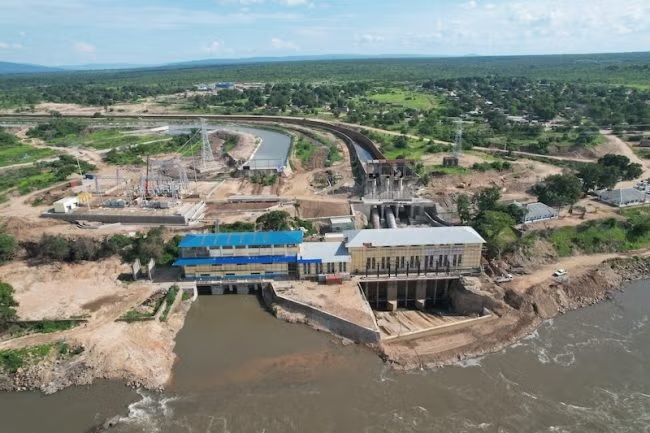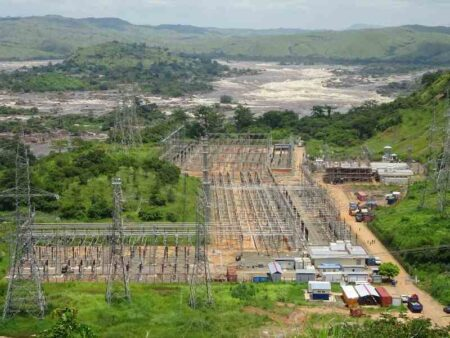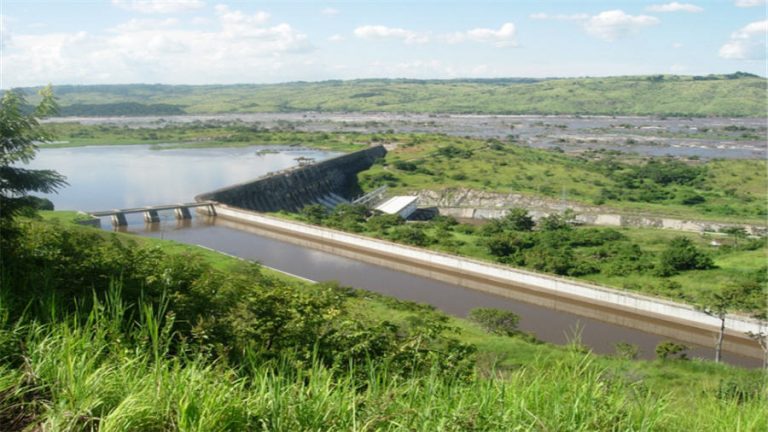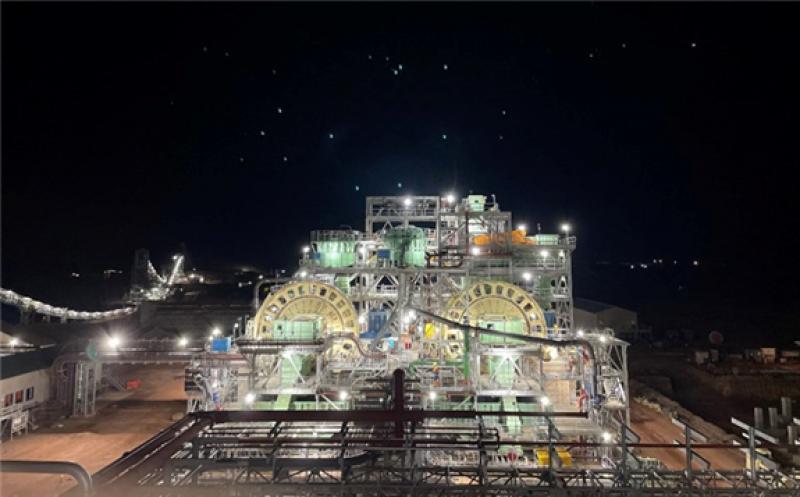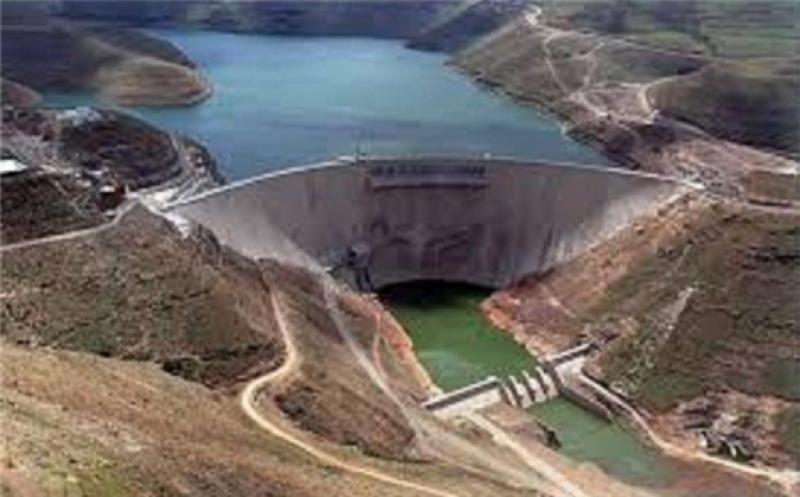The "Global Market for Hydrogen Fueling Stations, 2019" report has been added to ResearchAndMarkets.com's offering.
Hydrogen fueling stations provide the foundations of a transportation system for hydrogen fuel cell vehicles. The deployment of the stations in major markets is in full swing, solidifying prospects for large-scale consumer adoption of fuel cell vehicles. In 2018, 77 new hydrogen stations went into operation globally, taking the total number of hydrogen stations in operation worldwide to 337.
By 2033, over three thousand six hundred hydrogen fueling stations will be in operation globally. These deployments will mean hydrogen station concentrations of medium to heavy levels in several regions which will have a ripple effect on surrounding regions.
Compared to a couple of years ago, our forecast for hydrogen station deployments has been revised downward. In most cases, countries have not been able to meet their own deadlines for hydrogen station deployments, and in some cases, hydrogen stations were shut down because of the unavailability of fuel cell vehicles to use them.
However, that is changing as the adoption of hydrogen fuel cell vehicles begins to pick up. The pace of hydrogen stations deployments is particularly brisk in Japan and Germany which are home to some of the biggest automakers globally. Japan achieved the landmark of over 100 hydrogen stations in 2018, and Germany reached its 60th hydrogen station.
In the U.S., California rolled out its 39th hydrogen station in 2018, and deployment activity has gathered steam in the northeast. Hydrogen station deployments have gained momentum in China and Korea as both the countries position themselves to be big markets for hydrogen fuel cell vehicles.
Deployments have continued at a steady pace in several European countries, particularly the U.K. and France. Denmarkis the first country to deploy a nationwide hydrogen fueling infrastructure and in 2019, Iceland will have hydrogen fueling coverage for 80 percent of the country.
